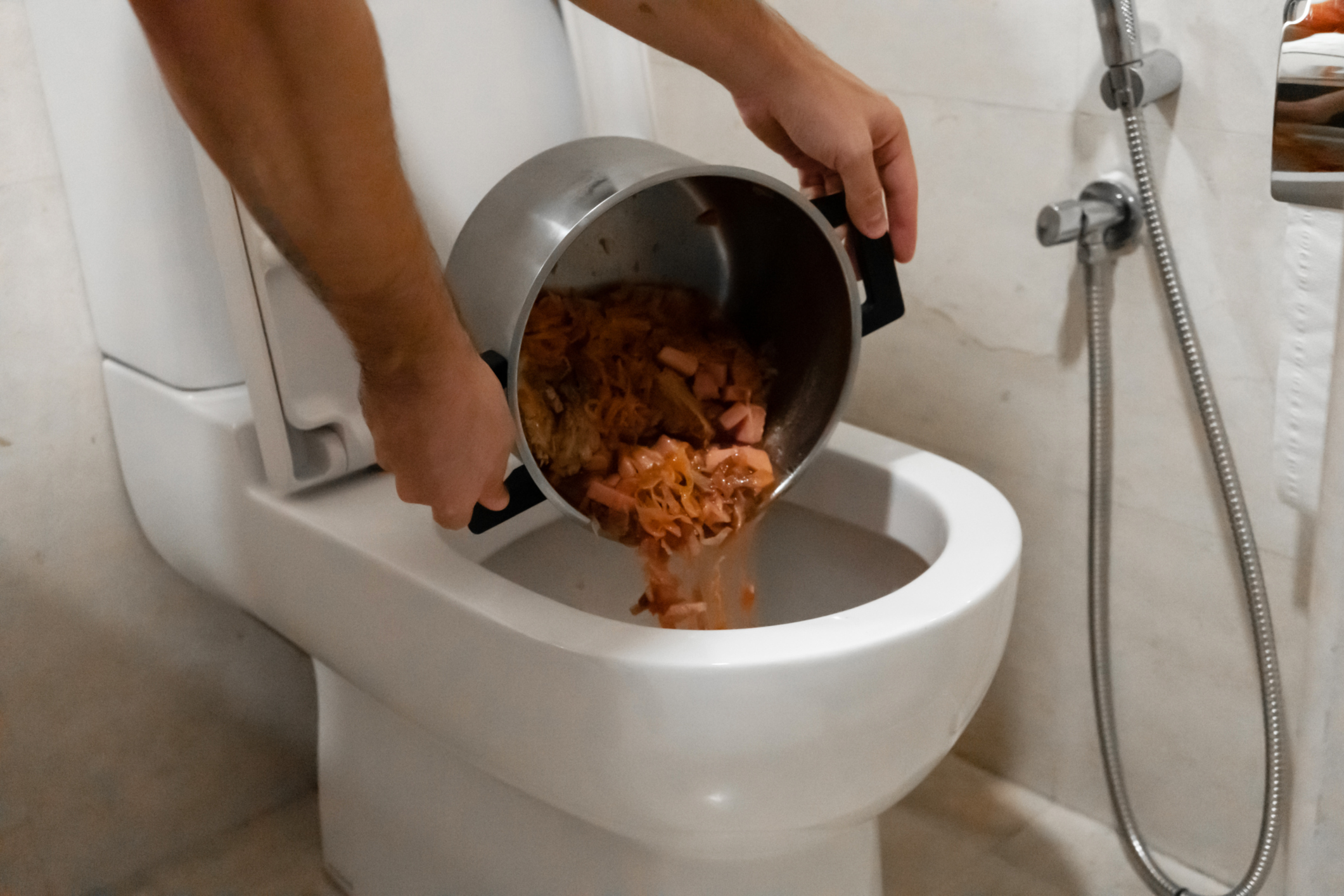Can One to Flush Food Down the Toilet?
Can One to Flush Food Down the Toilet?
Blog Article
The content listed below involving Is it safe to flush food (especially rice) down the toilet? is absolutely interesting. Don't skip it.

Introduction
Lots of people are often confronted with the predicament of what to do with food waste, especially when it involves leftovers or scraps. One common question that arises is whether it's all right to flush food down the toilet. In this write-up, we'll explore the reasons people might take into consideration flushing food, the repercussions of doing so, and alternative techniques for appropriate disposal.
Reasons individuals could think about purging food
Absence of awareness
Some individuals may not recognize the possible harm caused by purging food down the commode. They might mistakenly think that it's a safe practice.
Convenience
Purging food down the toilet might appear like a quick and very easy service to getting rid of undesirable scraps, specifically when there's no close-by trash can offered.
Laziness
In some cases, individuals may merely pick to flush food out of sheer idleness, without thinking about the effects of their activities.
Effects of flushing food down the toilet
Ecological impact
Food waste that winds up in waterways can contribute to contamination and harm marine ecosystems. Furthermore, the water used to purge food can stress water resources.
Pipes issues
Flushing food can cause blocked pipes and drains pipes, triggering expensive plumbing repair services and aggravations.
Types of food that ought to not be purged
Coarse foods
Foods with coarse structures such as celery or corn husks can get tangled in pipelines and cause clogs.
Starchy foods
Starchy foods like pasta and rice can take in water and swell, resulting in obstructions in pipelines.
Oils and fats
Greasy foods like bacon or food preparation oils need to never ever be purged down the commode as they can strengthen and cause blockages.
Correct disposal approaches for food waste
Making use of a garbage disposal
For homes geared up with waste disposal unit, food scraps can be ground up and flushed through the pipes system. However, not all foods appropriate for disposal in this way.
Recycling
Certain food product packaging products can be recycled, lowering waste and minimizing ecological impact.
Composting
Composting is an environmentally friendly method to dispose of food waste. Organic products can be composted and used to enrich soil for horticulture.
The significance of proper waste management
Reducing environmental harm
Correct waste administration techniques, such as composting and recycling, help minimize pollution and preserve natural deposits for future generations.
Safeguarding pipes systems
By staying clear of the method of flushing food down the commode, property owners can prevent expensive plumbing repairs and maintain the stability of their pipes systems.
Final thought
To conclude, while it might be tempting to flush food down the bathroom for convenience, it's important to recognize the prospective repercussions of this activity. By adopting correct waste management practices and disposing of food waste sensibly, individuals can add to healthier pipes systems and a cleaner atmosphere for all.
FLUSH FOOD DOWN THE TOILET?
FLUSHING FOOD CAN CAUSE BLOCKED DRAINS IN YOUR HOME
All of the plumbing fixtures in your home are connected to the same sewer pipe outside of your home. This outdoor sewer pipe is responsible for transporting all the wastewater from your home to the Council sewer mains. Even small pieces of food that go down the kitchen sink can cause problems for your sewer. It should therefore be obvious that flushing larger bits of food, such as meat, risks a clog in either the toilet itself or the sewer pipes. Flushing greasy food is even more problematic because oil coagulates when it cools, coating the interior lining of your pipes.
THE TOILET IS NOT A BIN
Food isn’t the only thing that people shouldn’t be flushing down the toilet. People use the toilet to dispose of all kinds of things such as tampons, makeup wipes, dental floss, kitty litter and even underwear. Water goes to great lengths to educate residents about the high costs and stress placed on wastewater treatment systems simply from people flushing the wrong stuff down the toilet. It costs taxpayers millions of dollars each year, and homeowners thousands in blocked drain repairs.
FLUSHING FOOD IS A WASTE OF WATER
Flushing food is a waste of our most precious resource - water. In June this year Level 1 water restrictions were introduced to protect water supply from drought conditions. Much of New South Wales continues to be affected by prolonged drought with recent figures revealing up to 97 per cent of the state remains in drought. Depending on whether you have a single or dual flush toilet, every single flush uses between five and 11 litres of water. In the current climate this is a huge amount of water to be wasting on flushing food that should be placed in the bin (or better yet, the compost).
https://www.jabplumbingsolutions.com.au/blog/can-you-flush-food-down-the-toilet

Do you appreciate more info about Is it safe to flush food (especially rice) down the toilet?? Put a short review directly below. We'd be happy to listen to your suggestions about this write-up. We are looking forward that you come back again in the future. In case you enjoyed our article kindly remember to share it. Thank you so much for your time spent reading it.
Schedule Today! Report this page